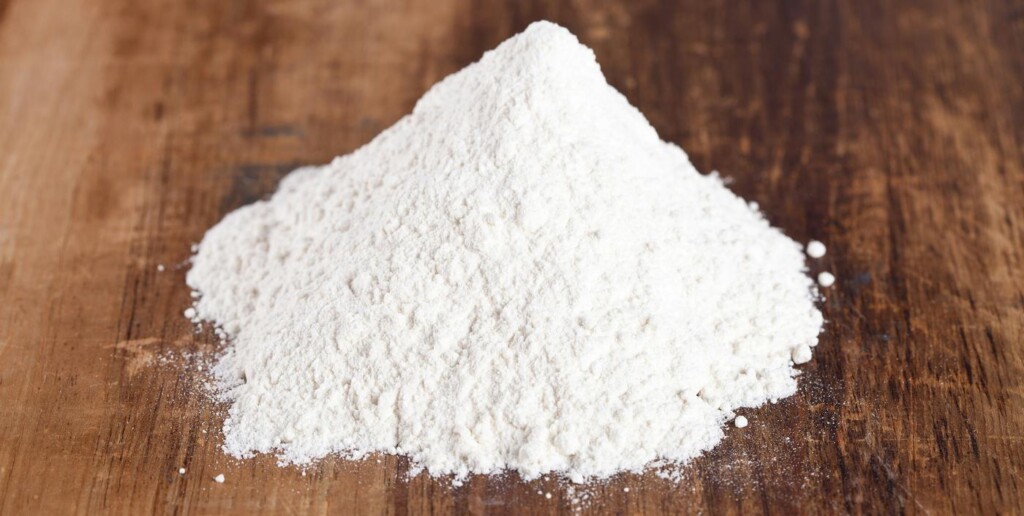
Last year, an Australian R&D team proposed a revolutionary new way to create and transport renewable hydrogen energy.
The partnership from Curtin University and Velox Energy Materials devised a circular hydrogen industry consisting of hydrogen generation, the capacity to turn it into a powdered storage form, and the infrastructure to refill the expended powder with new hydrogen.
Now funded by the Australian government, reports suggest this innovation will catapult Australia to the position of world leader in renewable hydrogen exportation, and make hydrogen energy use substantially more viable for countries around the world to use for achieving decarbonization targets.
A mere month of expected output at 2030 production targets would more than satisfy the entire global hydrogen energy demand many times over—one of the greatest revolutions in green energy since the mass production of the photovoltaic cell.
And it all starts with a powder: sodium borohydride, abbreviated (NaBH4)
The journey of NaBH4 from a component in the dyeing and paper-making industries to a surprise role as the lynchpin in a renewable energy revolution began in 2022, when Deakin University scientists in Australia applied the new science of mechanochemical reaction to infuse gas into powders by spinning it at high speeds in chambers filled with metal balls.
Pure hydrogen is thought to be a critical way to decarbonize heavy industry like shipping and aviation, but many problems exist. Pure hydrogen gas is highly flammable, so transportation options are limited for safety reasons. Liquid hydrogen must be cooled to below -250°C, which requires extreme applications of electricity, as does the compression needed to keep hydrogen in a gas form.
“The scientific community has been trying to find a suitable sponge-type material that can store large amounts of hydrogen for at least half a century,” said Professor Ian Chen, a Deakin University nanotechnology scientist and one-half of the team that discovered this mechanochemical reaction.
He told New Atlas in 2022 that in comparison to liquid or gaseous hydrogen, storing it in powder “doesn’t require a lot of energy, and it’s safe; under normal conditions it’s quite stable, and the hydrogen won’t be released unless it’s heated to a couple of hundred degrees.”
RENEWABLE ENERGY: Hydrogen Gas Blend Will Reduce Power Plant’s Emissions by 75%–as it Helps Power 6 States
Some back of the envelope math Chen did on the spot seemed to indicate that creating the mechanochemical reaction would cost around one-fourth the energy expenditure of gas compression.
Fast forward to 2024, and Craig Buckley, head of Curtin University’s Hydrogen Storage Research Group, proposed the mass-production of sodium borohydride as a storage form of renewable “green” hydrogen produced by Australia’s ample solar and wind resources.
His project proposal, sent to the Australian Renewable Energy Agency (ARENA), outlined that on a specialized tanker ship, liquid H20 costs around $10.1 per kilogram to ship, while if stored in an ammonia form, it falls to $7.9 per kilo, but becomes toxic.
GOOD EARTH STORIES: Green Startup Boston Metal Now Has All the Ingredients Needed to Make Steel Without Emitting Too Much CO2
In complete contrast, hydrogen stored as sodium borohydride costs 15% less than ammonia form, and can be shipped in much greater quantities aboard regular container ships.
The proposal was a hit, because ARENA funded the project with AUD$5 million. It solved the major problem with using NaBH4 for storage previously. After the hydrogen is removed from the NaBH4, the client is left with a byproduct called sodium borate which is costly to recycle, but Buckley and his teams found a way to reinfuse it with hydrogen creating a circular economy.
“Our aim is to provide a circular hydrogen export value chain,” Buckley said in a media statement. “The initial research component of the project will feed into the commercial stage, where a pilot facility will be designed and built in Perth to evaluate the technology for large-scale production directly from renewable electricity.”
MORE HYDROGEN NEWS: Sunlight-Powered Catalyst Supercharges Green Hydrogen Production by 800%
Sustainability Times reports that ARENA, Curtin, and other corporate partners are so confidant this method will lead to an energy revolution, their production target is for 330,000 tons of sodium borohydride powder by 2030, and 550,000 tons by 2040. Each ton of NaBH4 produces around 211 kilograms of hydrogen for use as energy.
“The lower costs attached to this method’s production and transport could make it potentially the cheapest means of exporting hydrogen from Australia,” Buckley said. “This method could play a part in meeting the rapidly rising global demand for Australian hydrogen.”
SHARE This Revolutionary Energy Breakthrough With Your Friends…




